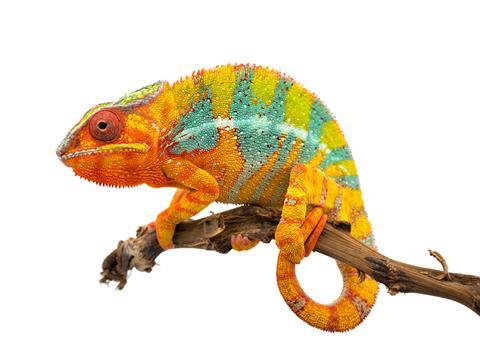
Following the ever-excellent, annual AIPIA World Congress exploring the high-tech world of active and intelligent packaging, we take a look at the opportunities brought by smart materials.
“There are tremendous opportunities around micro printing, nano ink and printing technologies, graphene, etc.,” says Eef De Ferrante (AIPIA director). “Applications include traceability, serialisation, condition monitoring, and thermochromic and photochromic inks for promotions. Probably printed electronics is one of the highest profile applications, as it has the ability to make affordability and scalability of many intelligent tags a reality.”
Notable recent security applications include Asahi Kasei’s sub-micron printing process using cuprous oxide conductive inks which can produce a fully functional but unseen antenna. This transparent antenna could lead to the space efficient incorporation of RFID into packs – a particular advantage where there is limited scope for brand owners to reduce branding ‘real estate’. Another notable technology is the use of quantum dots, i.e. chemically engineered nanoparticles. These can be used as an overt or covert protection system and combined with other security technologies such as synthetic DNA, phosphors, holograms, security ink and more for use on a wide variety of polymers, paper, metals and glass.
A project to watch is the T+Sun collaboration (Sun Chemical and T+Ink) which is working with brand owners to create new functionalities powered by electronic packaging. We’ll be looking for applications of T+Sun Touchcode, a secure printed conductive ink signature embedded in packaging and labels that a smartphone or other sensing device can detect through capacitive touch.

Chameleon inks
Another nascent technology may have applications from security to consumer engagement is a new spray-on ink (developed by researchers at MIT’s Computer Science & Artificial Intelligence Laboratory) that can change colours, designs, and patterns when zapped with different wavelengths of light. Called PhotoChromeleon, it was created by mixing cyan, magenta, and yellow photochromic dyes together to produce a single solution that is invisible until exposed to a very specific light array.
Each dye reacts to different wavelengths of light, so by using three different light sources, the researchers were able to selectively activate and deactivate the three different ink colours to produce specific shades, complex patterns, and even high-resolution images.
A much less remote packaging application is DataLase’s photonic printing, whereby a functional coating containing laser reactive pigment is applied as a patch, and then activated by laser systems for late stage customisation, even at point of fill or point of sale. Potential applications include personalised messages on disposable coffee cups (which appear blank until the laser magically prints the bespoke design).
As well as potential to transform security and consumer interaction, there’s a sustainability dimension to smart inks and coatings. For one thing, there’s a challenge for the printed electronics industry to maintain or improve conductivity while facilitating recyclability of materials. However, according to Eef De Ferrante, smart technologies can also play an active role in minimising waste. “Active and intelligent packaging can really help to reduce food waste and improve medical compliance – all of which can be far more impactful on the planet than a piece of dropped litter,” he said.















